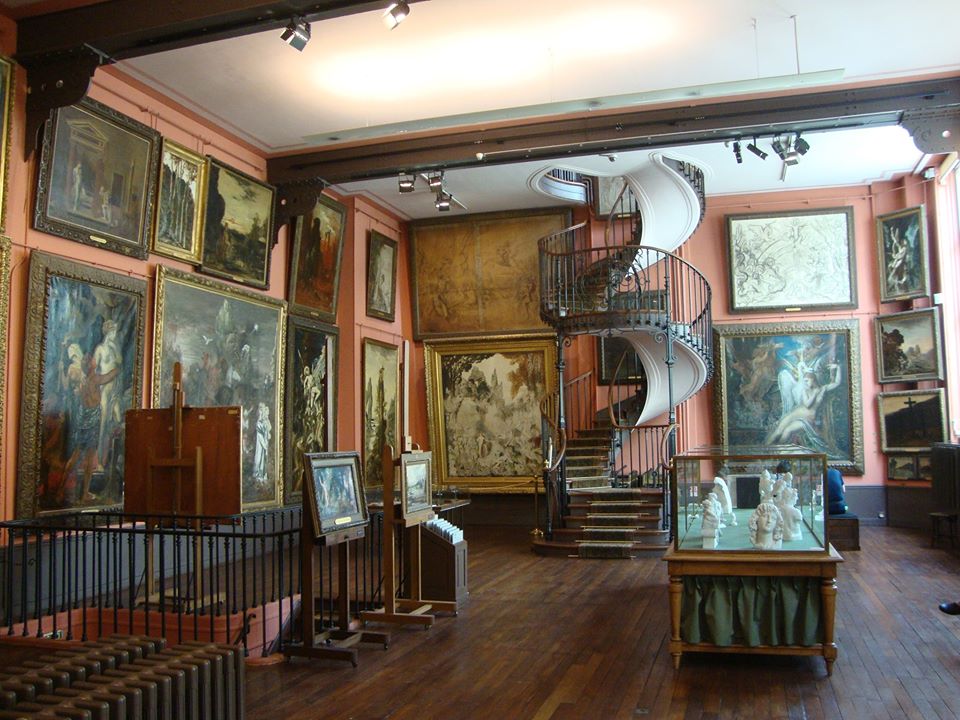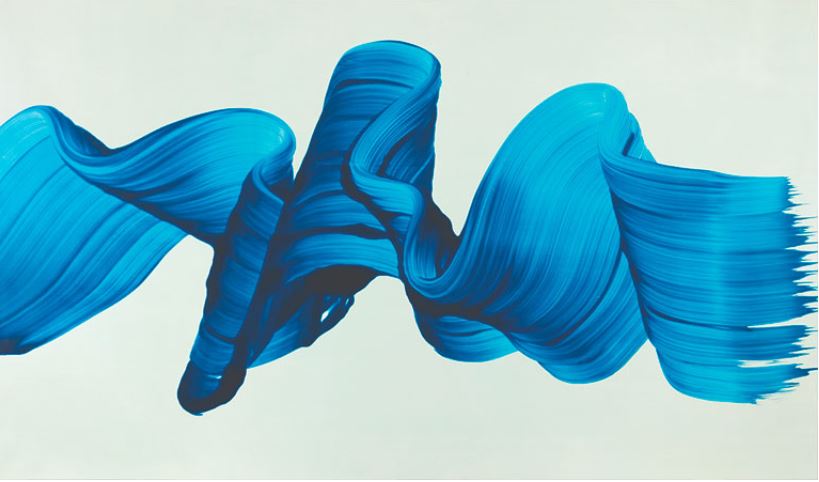From my email this morning! I am looking forward to MOWA and other museums eventually re-opening.

The past few months and weeks have thrust extraordinary and unsettling change into all of our lives. Whether the result of the global pandemic and the financial crisis or the shocking reminders of brutal injustices inflicted on our nation’s communities of color, one thing is certain—no one has been untouched. As these disturbing events have unfolded from hospital wards to city streets, it has become increasingly clear that there will be no going back to what we were or how we functioned just three short months ago. Nor should we.
When I last wrote to you in early April just days after closing the museum, I felt a keen sense of loss and even nostalgia as the museum plunged headlong into an uncertain future. Today, as we prepare to reopen in early July, I am saddened by the suffering of so many of our friends and neighbors and the disproportionate impact of these disturbing events on our communities of color. But I am also buoyed by a sense of optimism that MOWA can do more in these challenging times.
Museums have always played an important role in creating platforms for difficult, thought-provoking conversations. In MOWA’s role as the museum for the State of Wisconsin, we also have a responsibility to represent and support all of our communities—black, brown, and Indigenous as well as white and all others. I and our Board of Directors take that mission seriously. Over the last couple of years, MOWA has made significant progress in increasing exhibition opportunities and in supporting emerging artists from black and brown communities. But we acknowledge that we can do more to promote racial and social equity in everything we do, and we will.
As MOWA’s Executive Director, I pledge to all of you that in the coming weeks and months, the museum will implement the following initiatives:
When we reopen in July, our members will find reinstalled galleries, educational materials, and future exhibitions that create a more inclusive story of Wisconsin art
We will take immediate action to increase the diversity of our Board of Directors and to provide anti-racism training for our entire staff and volunteer corps
We will make a commitment to acquiring artworks that further expand the diverse voices of the museum’s permanent collection, and
We will create an ongoing, paid internship to support a university student of color seeking a career in the museum industry.
So, yes, I am optimistic, more optimistic about the future than I have ever been. I believe that MOWA and the arts can be part of building a better and more equitable community. My staff and I do not have all the answers and we will undoubtedly make mistakes along the way, but we will learn and we will look to all of our devoted members to help guide us.
Together, we can and will do so much more.
Laurie Winters
Executive Director | CEO
MOWA stands with our Wisconsin communities during these challenging times and we support Black Lives Matter
Very positive changes and I am excited to see what their new programming will include.
And for those of us concerned about going out in public again…MOWA is taking precautions for visitors and employees in light of the COVID-19 pandemic. They plan on opening July 8th and here is the safety information from the museum.
but just a couple of highlights, typical for most businesses as they re-open:
Reducing capacity requirements by 25% to ensure social distancing.
Access to hand-sanitizing stations throughout the museum.
Mandatory face coverings for all members, visitors, and employees. Disposable high-quality face masks provided free of charge if needed.
Special hours for seniors (60+) and vulnerable members to access(Wednesday – Sunday, 9:30 am – 10:30 am).
So, stay safe, and enjoy Wisconsin Art!

